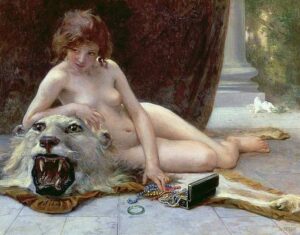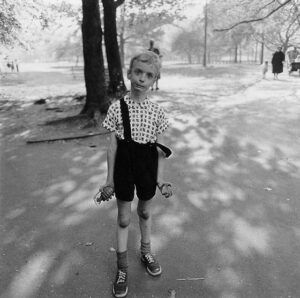John Berger’s Ways of Seeing episode 4
Question 1: Publicity influences consumers by playing with the individuals envious nature. By doing so you are making society’s daily consumer assume that their life would be better with this materialistic product. Publicity includes the factor of glamour; glamour when promoting a product creates an undeniable attraction to it that lures in the consumers into thinking I have to have it. Berger mentions, “Glamour is for everybody who believes they can be glamorous or perhaps more accurately, for everybody who finds that they cannot afford not to be glamorous”. Meaning by enticing the consumer you are making them believe it is possible for them to achieve the same glamour being publicized thus causing a transformation.
Question 2: The differences between oil paintings and publicity photography are important because each aspect of these mediums maintains its own purpose. Publicity photography is made to inspire people to the way of life that they wish to attain versus oil paintings that portray what the owner already has which only adds more to their own perceptions. This reveals that the production of images for publicity can only provide a sense of what you haven’t obtain versus what you already have.
Question 3: If you know Natalie Portman, she is a visual spokesperson for most Dior products from perfumes to make up. One of the few commercials she has done has her trying to promote a foundation sporting different, beautiful woman. These women then say in soft, alluring tones forever this and forever that. One even says forever perfect which honestly made me so mad. These models use their exotic features as a way to help push a product. Then get a celebrity to help back them as if to say this must be true.




